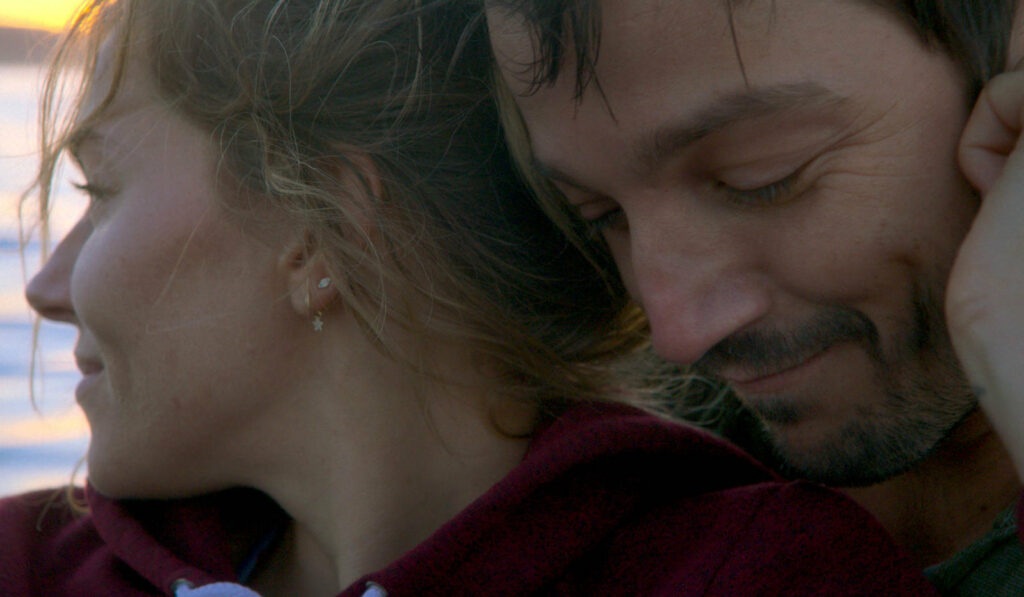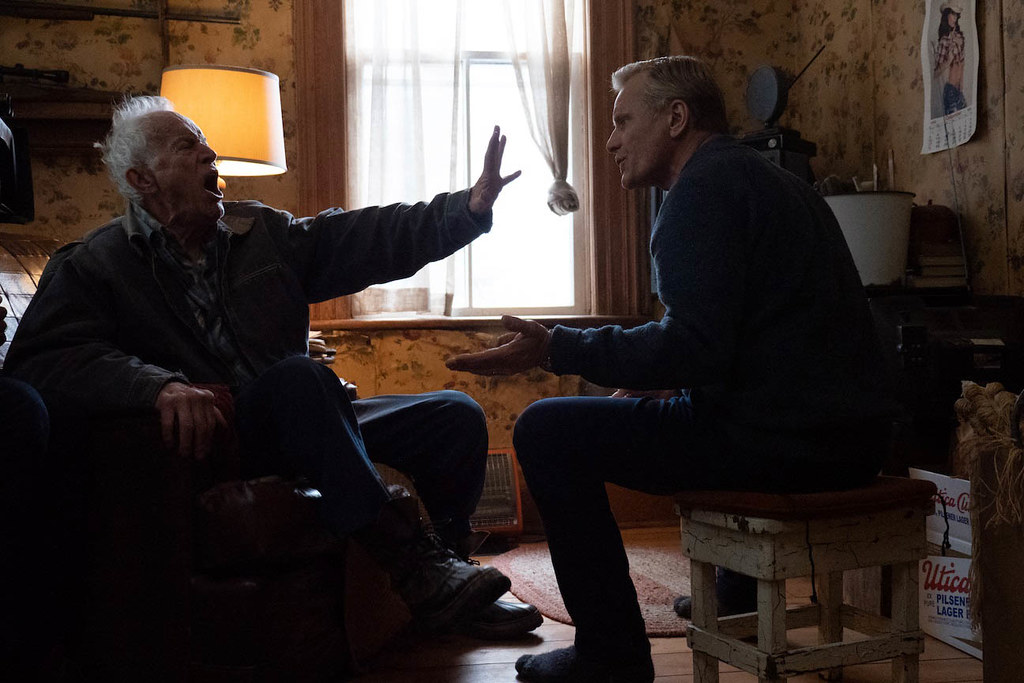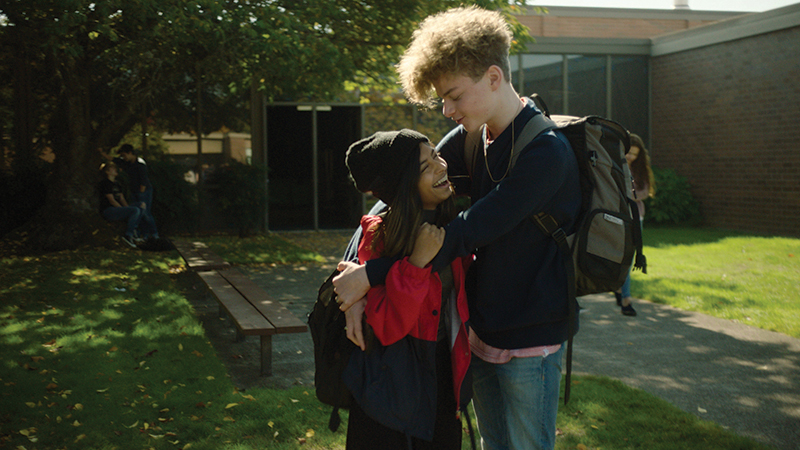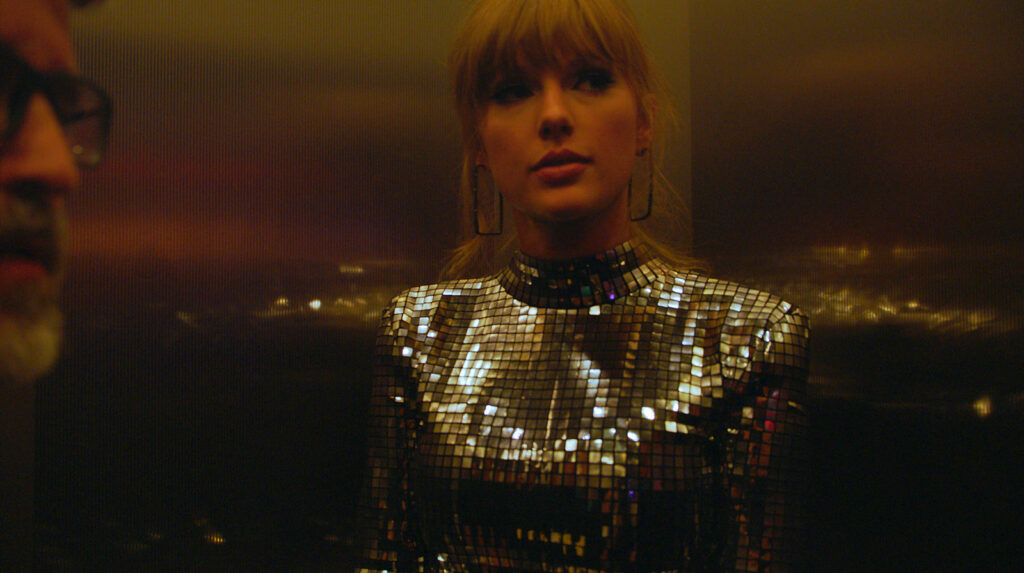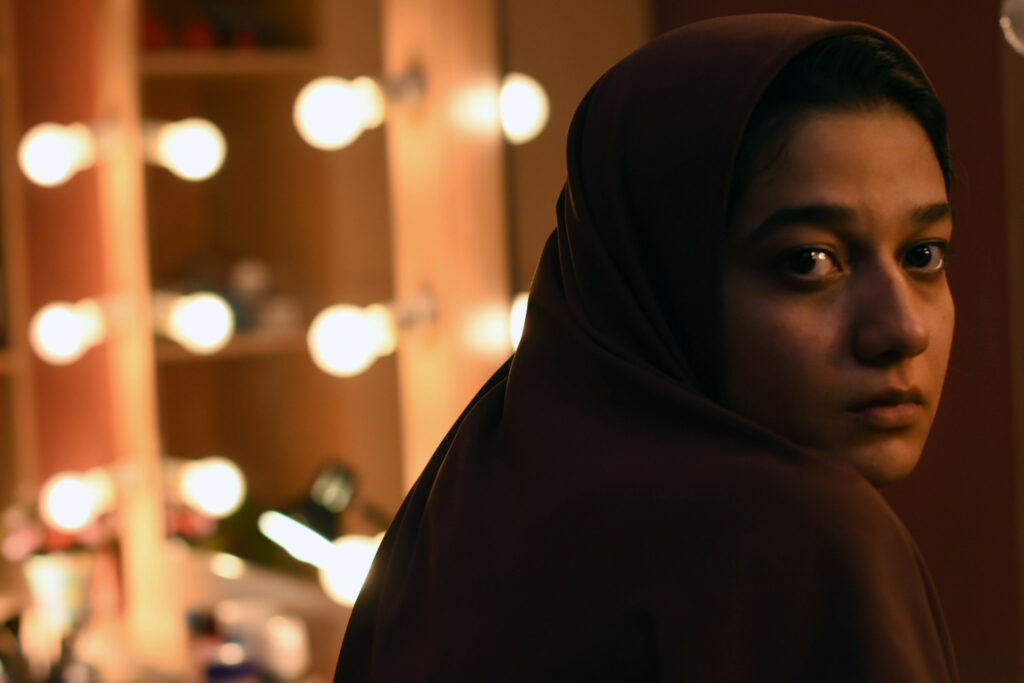Sundance Review: Wander Darkly
Written by Ian Thomas Malone, Posted in Blog, Movie Reviews, Pop Culture
Relationships are built on a sequence of events, moments that sometimes feel trivial, or others that subtly build upon each other. Romantic hardships are rarely singular occurrences, often smaller disputes that gather steam until the lid is blown off. Wander Darkly breaks down the timeline of a partnership, after a tragic accident changed everything.
Adrienne (Sienna Miller) and Matteo (Diego Luna) have been together a long time, with plenty of rough patches along the way. A date night car accident throws Adrienne into a disoriented trance of memories. Her life hanging in the balance, she finds a home in her own thoughts.
Wander Darkly blends reality and the dream, memory of an odyssey through the blurry realm of truth. The film is mostly made up of a loose timeline of Adrienne and Matteo’s relationship, revisiting their pivotal moments and others that possess an understated significance. Adrienne often doesn’t understand why she’s been brought to these memories, but the sequences play with elegance, a certain theological underscore.
The narrative feels like it’s playing out in purgatory, but Wander Darkly is a celebration of life, hardships and all. To have lost is to have had, a perspective easily taken for granted. Purgatory paints imagery of judgement, a higher power determining one’s eternal fate. The same kind of dynamic exists with relationships as well, moments where you can either forgive or go your separate ways.
Director Tara Miele has a keen sense for depicting anxiety. The camera angles often paint the picture, with the characters themselves lost in the moment. Miele’s pacing heightens the emotion resonance, never lingering too long in a scene.
Miller and Luna carry the film through its esoteric voyage. They play eminently convincing partners, a difficult feat especially through the time-jumping structure of the narrative. Miller communicates Adrienne’s pain in a way that makes you want to reach out and comfort her. Matteo is the kind of boyfriend who’s probably not a good fit for a life partner, but the kind of person you stay with because of the way his smile makes you feel.
Wander Darkly is a difficult film at times, constantly forcing the audience to relocate its footing as the film jumps around. It’s far from a passive experience, and one that’s probably best suited to multiple viewings. Just as you think you’ve got a scene figured out, another twist is thrown in your face.
The film is a bit rough around the edges from a plot perspective. Wander Darkly is more about the experience than the story, but the story hits some turbulence when it’s time to start the landing. To a certain extent that’s supposed to be the point, as the characters are on a pretty rough journey.
Wander Darkly is a wild ride. The acting is superb and the storytelling never stops throwing curveballs at the audience. There are more romantic films out there than anyone can count, but Miele’s film carves out a mind-blowing niche for itself.





